At first glance, Colorado doesn’t look like a particularly scary place, but it has plenty of creepy real stories in its long history. Whether you’re stuck in Denver traffic or enjoying a weekend skiing in the mountains, nothing overt about the Centennial State makes it odd, unsettling, or disturbing––until you look a little closer, that is.
Colorado has a long, fascinating historical story to tell with plenty of creepy facts. Parts of that story are filled with events so gruesome and unbelievable that they make modern horror movies look tame and predictable. The unsettling stories we’re sharing today are real events that took place in Colorado, and they’re not recommended for the faint of heart.
Scary and Strange Colorado History
From a Rocky Mountain carnivore committing one of the state’s most famous murders to a Mile High spiderman creeping in the shadows, Colorado boasts a history of scary figures. Let’s look at some of the state’s creepier facts and events that took place over the years.
1. Shameless politicians, dismembered bodies, and a shady undertaker––the story of Cheesman Park
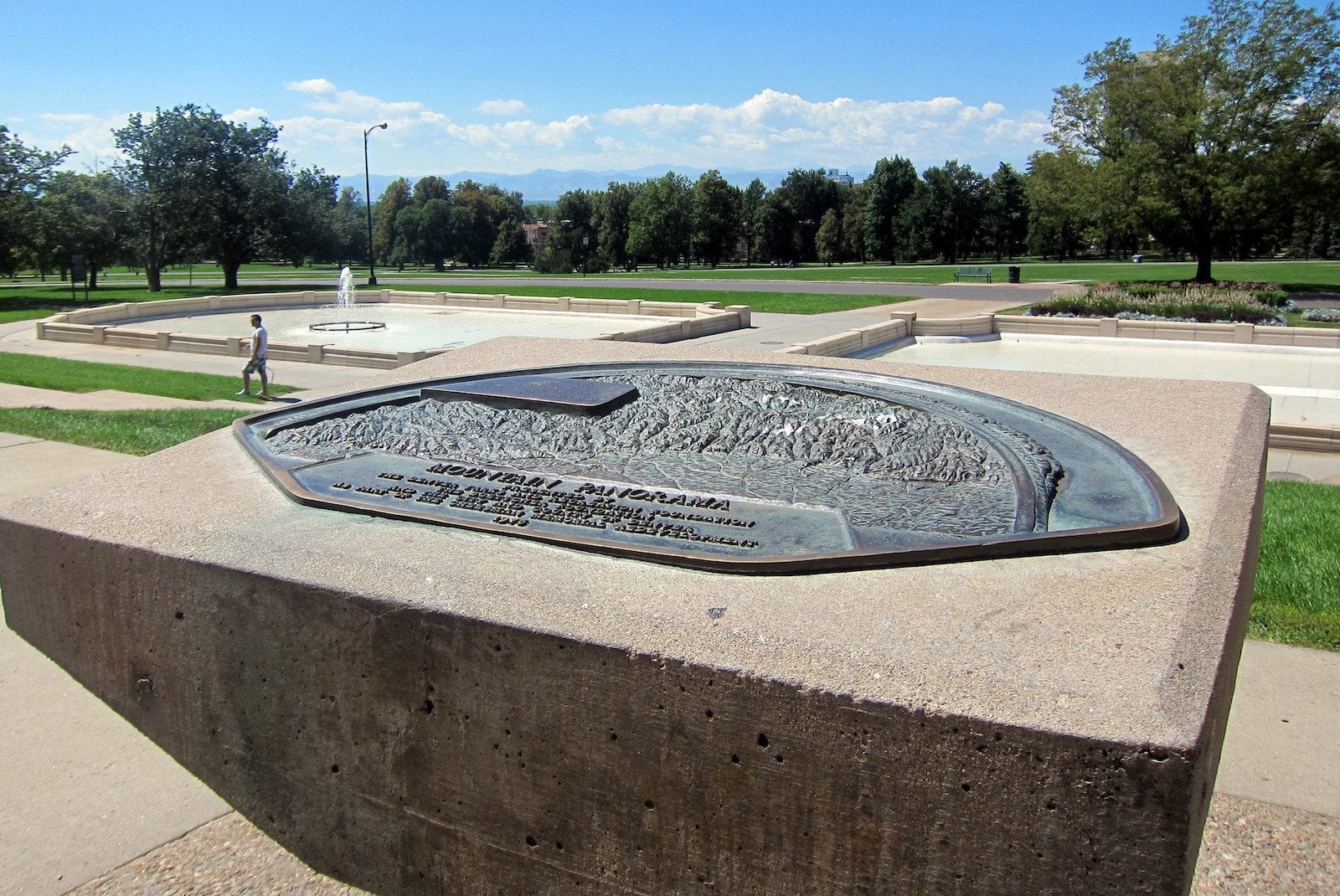
Before Cheesman Park was a park, it was the Mount Prospect Cemetery. Opened in 1859, the cemetery was a popular burial spot for Denver, which was a new, booming city at the time. But by the 1880s, Mount Prospect fell out of favor with Denverites and had become an eyesore.
The city of Denver’s solution was to transform the graveyard into a park, which it planned to do by digging up bodies and moving them to different locations. Things were slow-going at first, with only 700 of the 5,000 bodies being moved in the first couple of years.
To speed up the process, Denver officials hired an undertaker named E.P. McGovern to move the remainder of the bodies and paid him for every coffin he moved. To make as much money as possible, McGovern dismembered an untold amount of corpses and added various body parts to different coffins.
Reports of dismembered body parts and open coffins caught the city of Denver’s attention, and McGovern was fired.
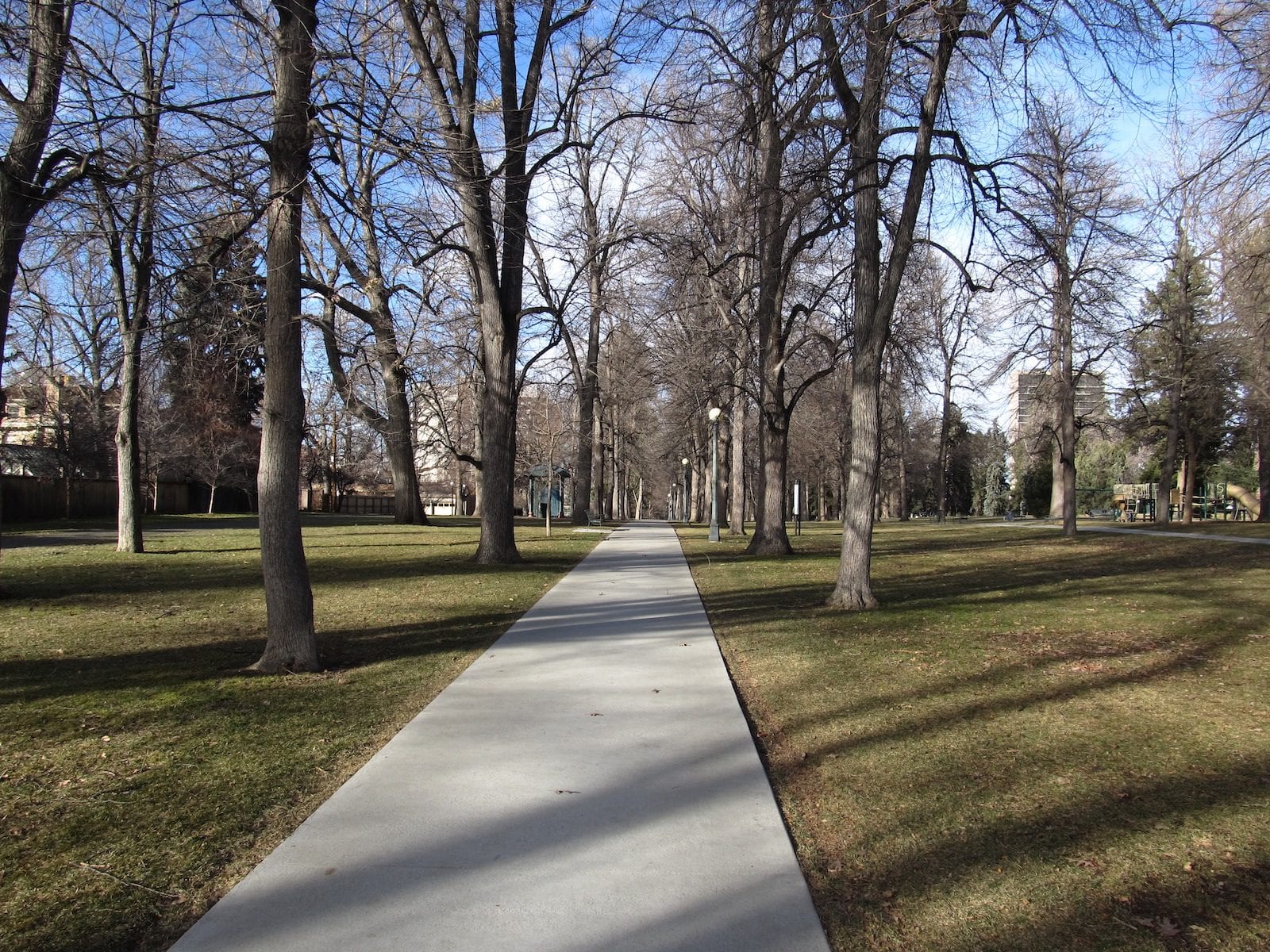
History justifiably looks back at McGovern and sees a monster, but the city of Denver can also be blamed for what it did next. Instead of transporting the remaining 3,000 bodies, it removed any above-ground traces of the burial sites, built the park, collectively whistled, and walked away.
As one would expect, today Cheesman Park is a regular hotspot for hauntings and other paranormal activity.
2. That one time when Hotel Colorado’s basement was used as a morgue
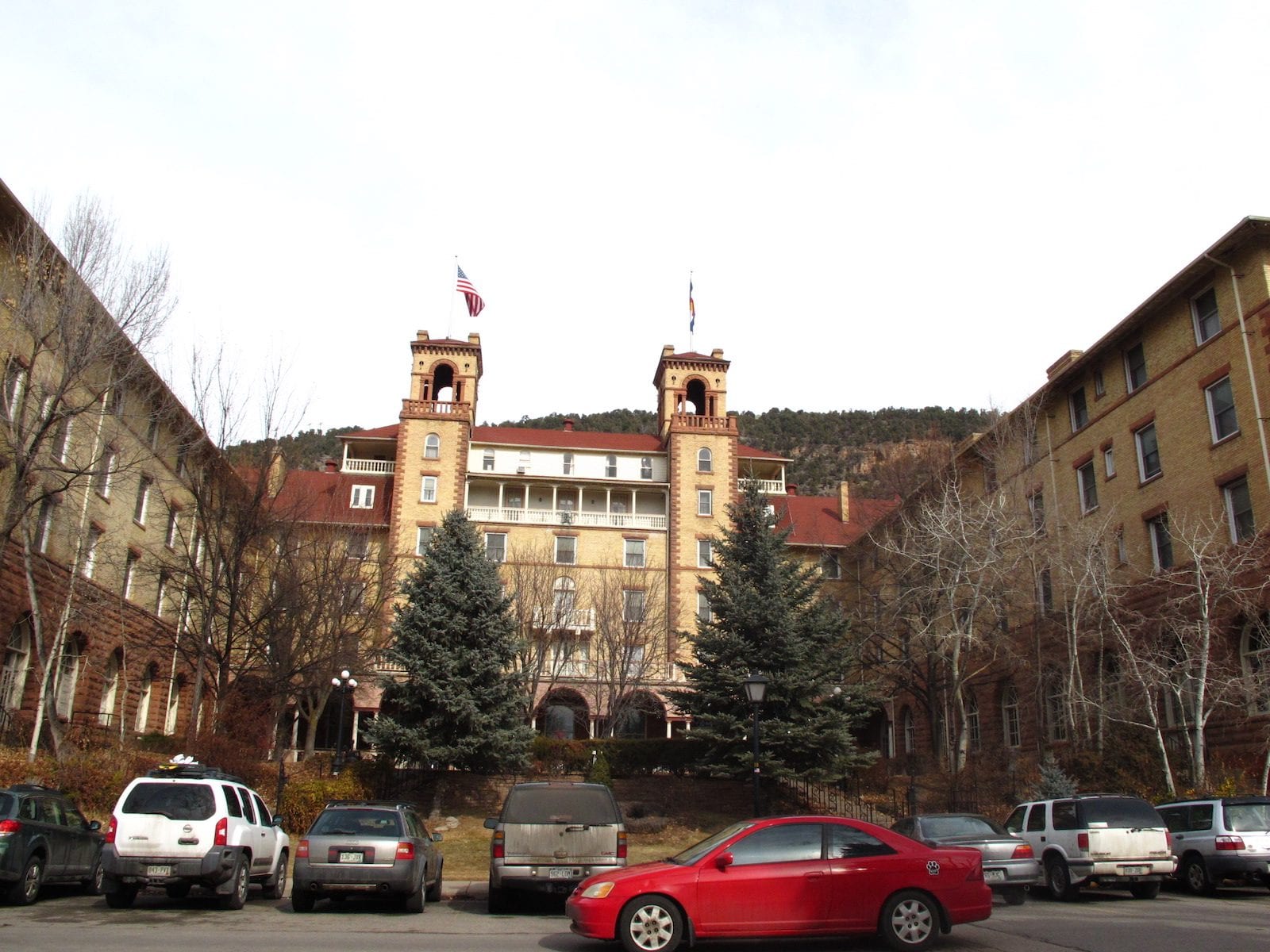
Some say that the ground in Glenwood Springs where Hotel Colorado now stands was cursed by the Ute Indians, who were displaced from their home in 1880. Others claim they see ghosts and other supernatural phenomena in the hotel. While what people say about Hotel Colorado is certainly unsettling and undeniably creepy, this article is about real events that have taken place in Colorado, not ones we can’t prove.
By chance, a bona fide terrifying and true history happens to be attached to this mysterious hotel. So spend a night if you’re looking for a place to get thoroughly creeped out after a relaxing day soaking at Glenwood’s hot springs.
A wealthy silver magnate and banker by the name of Walter Devereux opened the hotel in 1893 at a cost of $850,000. Hotel Colorado might not look like it now, but it was a luxurious destination when it opened.
It even earned the nickname “the little White House of the West” for hosting U.S. presidents Theodore Roosevelt and William Howard Taft for extended periods. The original “teddy bear” is rumored to have been given to Theodore Rosevelt by the hotel’s maids.
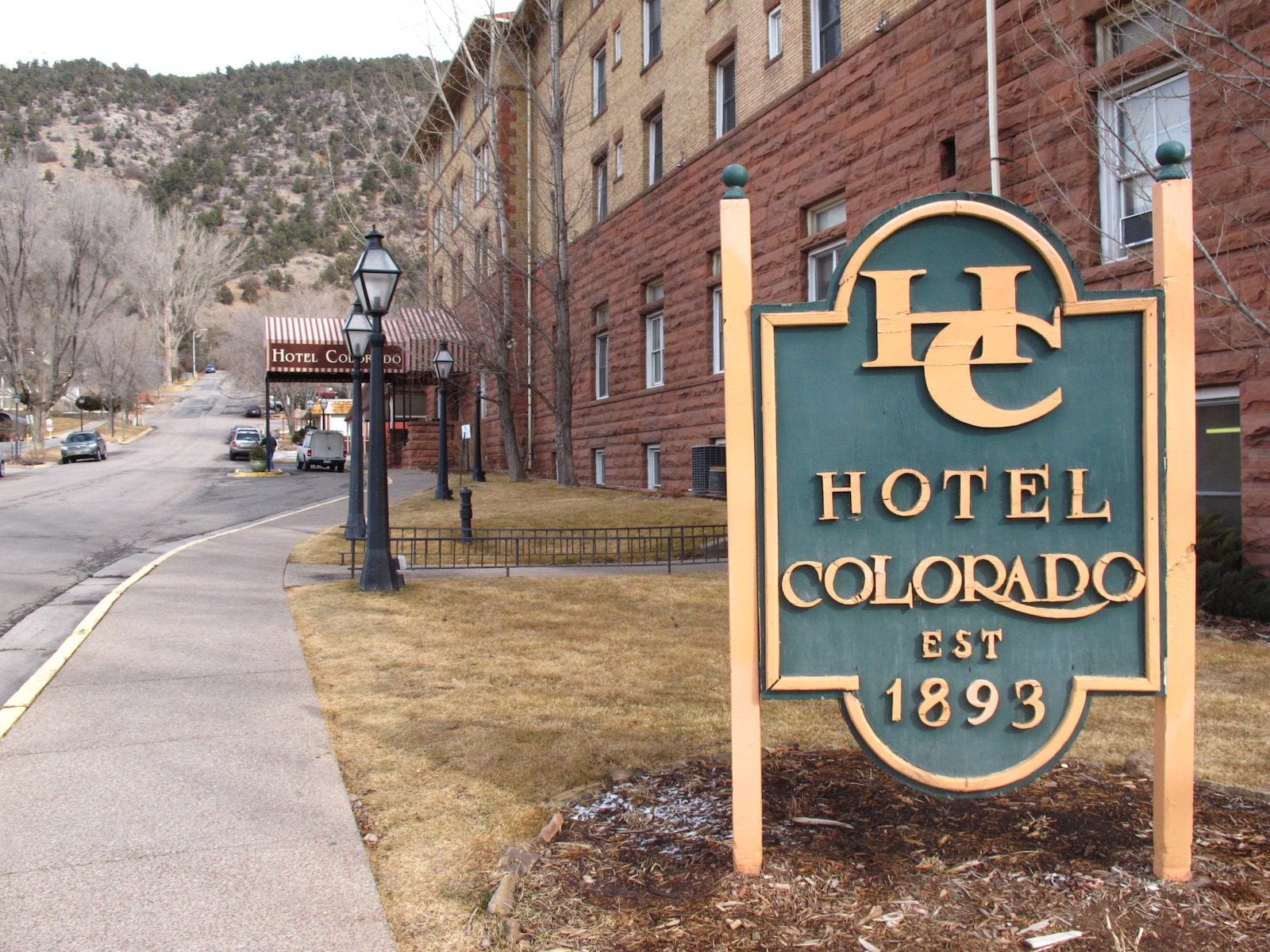
But during World War 2, Hotel Colorado was leased to the US Navy and was used as a hospital, thus transforming its reputation for high society grandeur dramatically. In use from 1943-1946, the hospital served over 6,500 patients, and not all of them left the Hotel Colorado alive. To accommodate deceased patients, the hotel’s basement was used as a morgue.
Today, two large ovens can still be seen in the basement that used to cremate bodies.
3. Alferd Packer–avid outdoorsman, gold enthusiast, and admitted human-eater
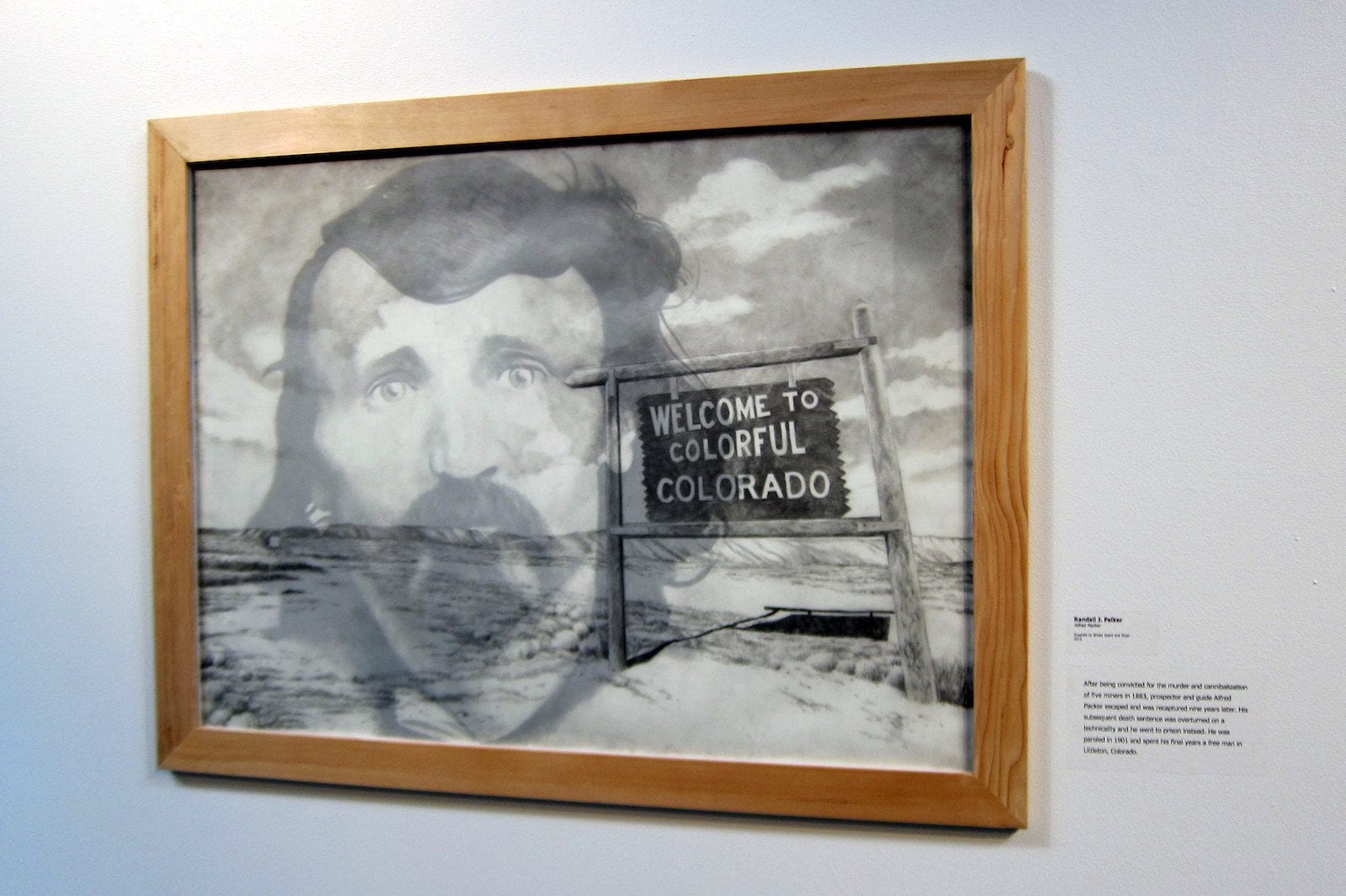
Before the winter of 1874, Alferd Packer was just one of the thousands of unknown men who traveled to Colorado in search of gold. But after arrival, he became famous for the great, deprived lengths he went to, in order to survive that treacherous winter.
Along with twenty other fortune-seekers (whom he met in Utah mid-trek and joined them as their “expert” guide), Packer consulted with Chief Ouray in Montrose, Colorado in late January, who advised the men to postpone their expedition until spring. Ten stayed with the Chief’s camp that winter.
“No Ute would attempt such a journey because they would risk almost certain death,” he said.
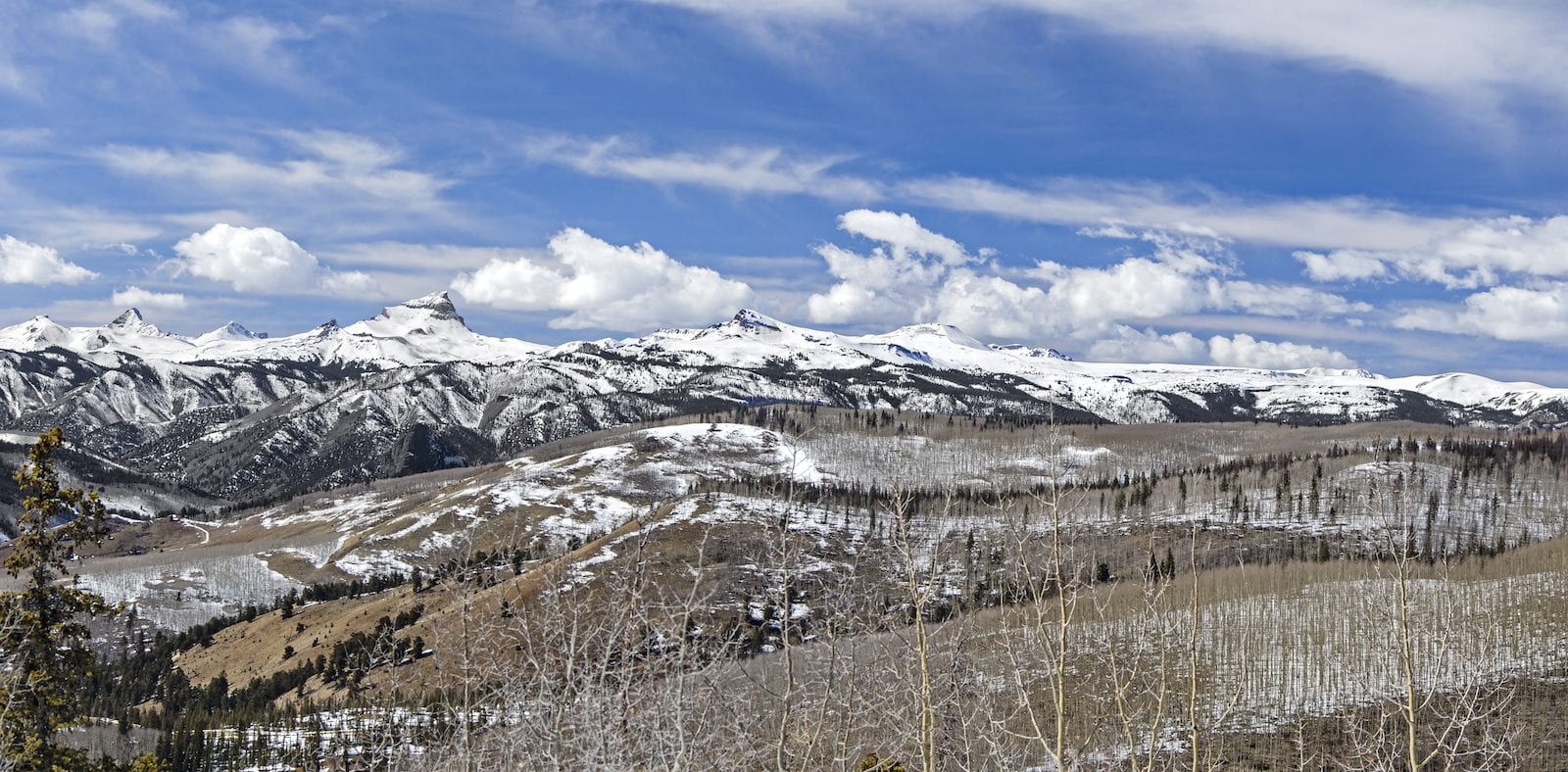
Packer and the other men blew off Chief Ouray’s clear and urgent warning and ventured off through the San Juan Mountains anyway in early February. Eleven continued on, five of them taking a better route that followed the Gunnison River that was recommended because they were steadfast ongoing (that crew had to be rescued).
The other six, which included Packer, detoured taking a shortcut guided by Packer over the San Juan mountains.
Supposedly, a month later, the group ran out of food and became trapped by heavy snow. After boiling their moccasins for sustenance, things took a terrifying turn. Packer claimed that one of the men, Shannon Bell, came after him with a hatchet and that he was forced to kill him in self-defense.
Then, he encountered what he claimed were half-eaten corpses of the rest of the group, corpses he’d later finish off and eat himself to survive.
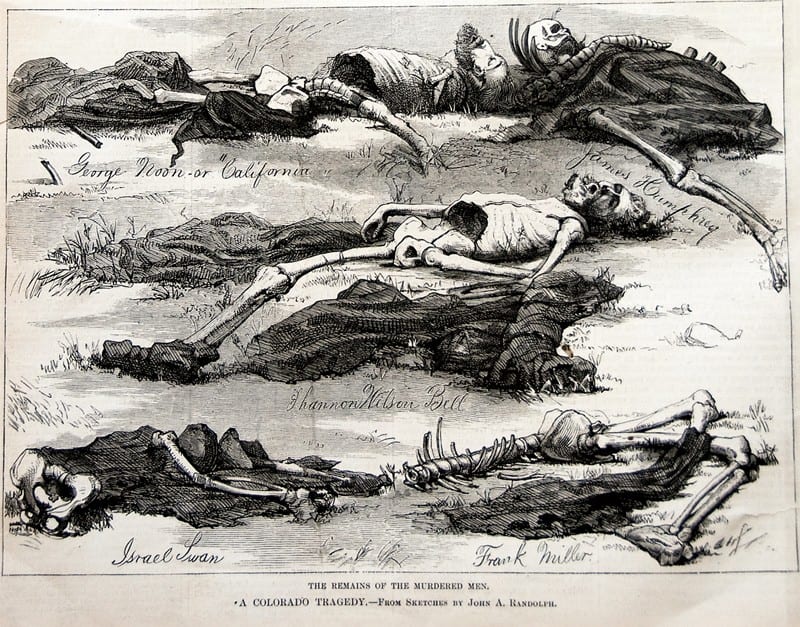
A reporter found the bodies later that August, and drew his encounter. This photograph is from Harper’s Weekly, October 17, 1874 issue. Illustration by John A. Randolph of the scene of “A Colorado Tragedy.” Photo: John A. Randolph – Lake City, Colorado National Historic District
Energized by the meat of his companions, Packer emerged the following spring to the Los Pinos Indian Agency near Saguache. After spending lavishly and changing recounts around the town of what happened, he soon went on trial for killing the men because no one believed his story.
He was found guilty of murdering the men and jailed in Saguache. He then escaped from prison and went on the run for 9 years before being found in Cheyenne, Wyoming under the alias John Schwartze (one of the original 20 prospectors from Utah), and was retried and convicted again in Lake City in May 1883.
He got 40 years, the max, 8 years for each of the 5 men. After being released on parole 18 years later in 1901, Packer moved to Denver. He tried unsuccessfully to clear his name, lived simply, and died in 1907. His body is buried in the Littleton Cemetery in Littleton, Colorado.
4. Denver’s real-life Spiderman is way more terrifying than you’re probably thinking
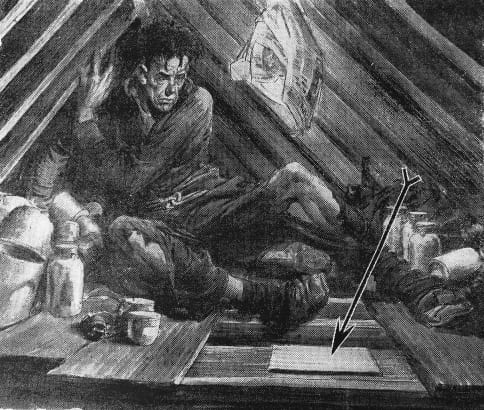
The Spiderman we all know and love couldn’t be more different than the real-life Denver Spiderman that terrified Coloradans in 1941. It all began when an elderly man was found savagely beaten to death in his own home. The grisly scene was uncovered by neighbors who went looking for the man after he didn’t show up to a dinner party.
Police quickly determined that the man, Philip Peters, died from a skull fracture, but couldn’t find a motive or any suspects in the case. Peters’ wife was in the hospital during the time of the murder.

“Scores” of detectives were assigned to the case, which stumped them for nine months. The man had no enemies but was beaten so badly that blood stains were found on the ceiling of different rooms throughout his home. In July of 1942, investigators got their first terrifying lead.
A woman hired to help with household duties had been hearing strange noises for weeks. One day, she saw a hallway door slowly open followed by a thin white hand. The woman screamed and heard someone running away. Detectives investigated the home but found nothing.
Had it not been for a lucky break later that month, Peters’ tragic murder might not ever have been solved. Tasked with keeping watch “for a ghost,” two policemen visited the house on July 30th and heard a noise upstairs.
After opening a door, one of the policemen saw a dangling pair of legs get pulled up into the house’s attic. He grabbed the legs just in time and pulled down what he’d later describe as the strangest-looking human being he’d ever seen.
The man’s skin was the color of a grey overcast sky that hung on a rail-thin frame. 59-year-old Theodore Coneys had been living in the Peters’ attic, which he accessed through an unlocked panel of the home’s crawl space. Coneys, who had been introduced to the Peters as a boy, moved into the attic and off the Denver streets when the winter of 1941 became too cold for him to live outside.
He resided in a space just 27 inches high and 57 inches wide until a startled Peters discovered him in his kitchen one fateful October evening and was bludgeoned to death soon after.
5. A barber from Leadville tried paying for sex in Denver and wound up murdered

Back in the year 1884, Denver was unrecognizable from what it looks like today. More than a century before iconic skyscrapers like the Cash Register Building were erected, parts of the Mile High City were downright lawless. Now known as Market Street, Holladay Street was a place men looked to for “comfort” at high-end bordellos like the House of Mirrors. By “comfort,” I mean sex for pay, of course.
One such man was a barber from Leadville named John F. Fitzgerald. Fitzgerald told his wife he was visiting a friend in Denver but ended up on Holladay Street, which was the last location he was seen alive. Months later, three unfortunate boys stumbled upon his body, which was far along the decomposition process by then.
A reported crowd of 1,000 watched as a crew of men dug the body out of the mud with shovels. For some reason, Fitzgerald’s barber tools were recovered along with him, each with his name engraved.
It took some doing, but authorities eventually pieced together the story behind Fitzgerald’s murder. The barber began his first night in Denver and the last one of his life by strolling into one of Holladay Street’s seedy gambling establishments and showing everyone all his money. Smart guy, right?
Later that night, he was “entertained” by a sex worker by the name of Belle Worden, and was killed by her and her lover Berry Gates after he fell asleep. According to reports, Fitzgerald’s throat was cut “expertly.” His ghost is said to haunt Union Station, chased by the ghost of his wife chasing after him with a rolling pin.
6. The deeply unfortunate hangings of Edward Ives
Like John F. Fitzgerald, the subject of our next story is also a barber who got into a heap of trouble. But instead of lying, gambling, and soliciting company from a sex worker, Edward Ives was a burglar and murderer convicted of shooting and killing a cop who busted a prohibition-era booze party he’d attended in 1928.
A second officer wounded in the shooting was murdered just a few days later by a hospital nurse that he’d apparently been in a romantic dispute, but that’s a whole other story.
To delay sentencing, Ives tried to convince prison officials that he was certifiably insane by speaking in his own garbled language and dipping his food in the toilet. The ploy failed, but after he was pronounced sane, Ives caught a lucky break when a violent riot swept through the prison killing 12, including seven guards. One notable casualty was the prison’s hangman, who’d been on the job for three decades.
Weighing in at 80 pounds, Ives was a notably small man who believed he was too small to be hanged.
“They couldn’t hang me if they wanted to,” he reportedly said. “A noose couldn’t crack my neck. I’m too small to spring the trap.”
Ives, it turned out, was right. The weight used to pull the rope tight enough to break Ives’ neck was too heavy for his body, which ended up being flung toward the ceiling in a bizarre scene. Still very much alive, Ives was hanged two more times before he finally died. The last hanging––strangling is a better word for it––took 23 excruciating minutes.
7. Why Peabody-Whitehead Mansion is considered to be one of the creepiest places in Denver
Google “Peabody-Whitehead Mansion,” and you’ll come across loads of ghost-related content themed around this historic Denver mansion. The Peabody-Whitehead Mansion is generally considered to be one of the most haunted locations in Colorado.
It’s become so popular in the paranormal investigative community that it was featured in an episode of Ghost Hunters. As most of us know, ironclad scientific proof of ghosts doesn’t exist, but there is a creepy historical record we can look to that makes this famous Denver building worthy of being on this list.
The Peabody-Whitehead Mansion was designed by architect Frank Edbrooke and constructed in 1889. Surgeon William Riddick Whitehead was the mansion’s first inhabitant. By late 19th century standards, Whitehead was decent at his job, but the majority of patients he operated on still died on the table or not long after.
Whether it was in the surgeon’s head or he was seeing something real he couldn’t prove, Whitehead believed the souls of those he couldn’t save came back to take up residence with him in his home. In the 1950s, the mansion was converted into a restaurant and nightclub, with guests and staff reporting strange events like breaking glasses and floating forks soon after.
According to Capitol Hill Ghost Tour guide Phil Goodstein, a jilted wife hanged herself in the mansion, and there are even reports of another woman who hanged herself on the property as well. After nearly being demolished a few years ago, a developer purchased the mansion and is supposedly renovating the home into condos. Good luck with that, pal.
8. The tragic erasure of Hop Alley
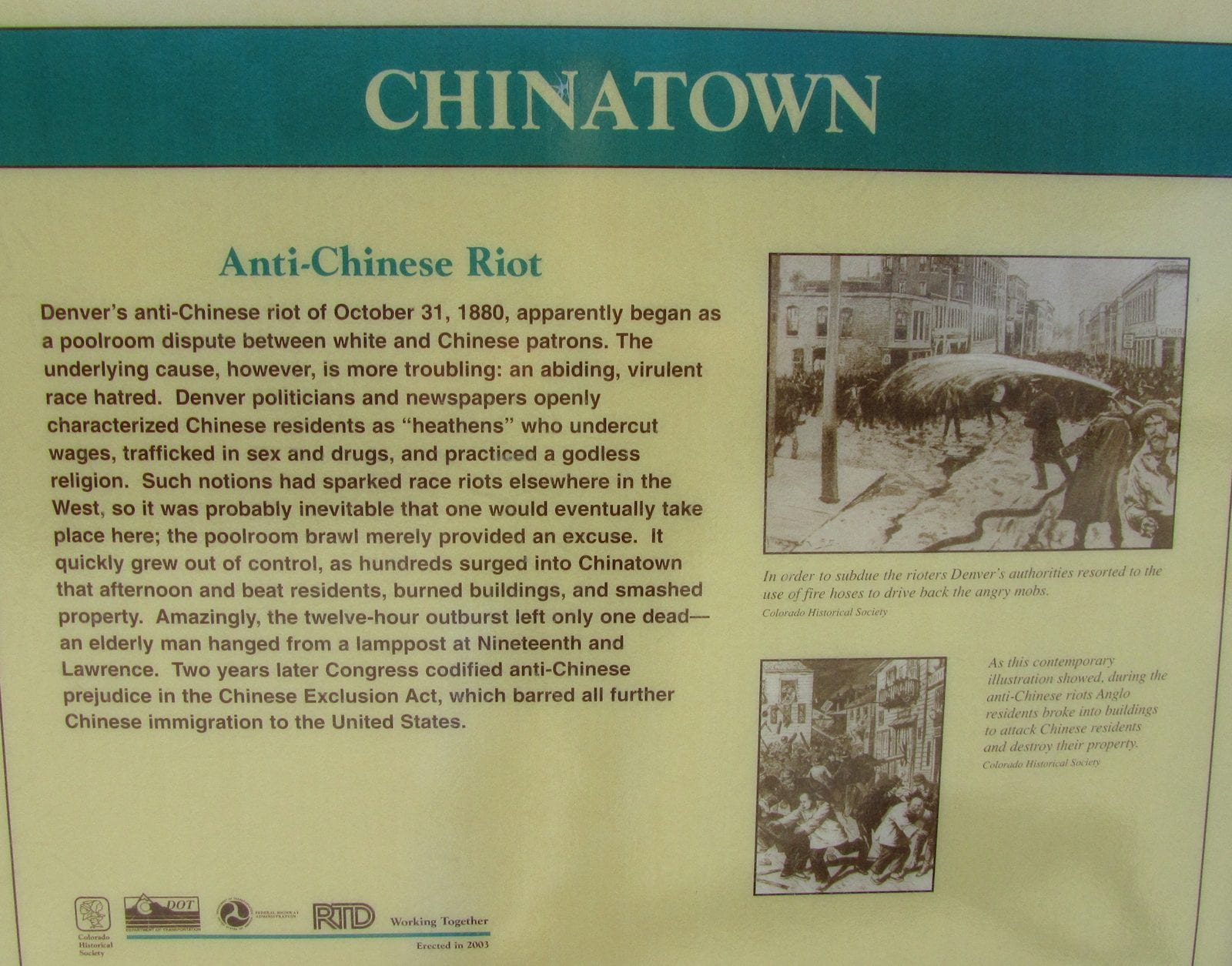
We now turn to a shameful chapter of Denver’s history, which many Colorado residents don’t know about. Today, the LoDo section of Denver is where people go to drink, buy legal weed, and dance the night away, but it once hosted a thriving Chinatown that was tragically erased.
Located mainly along Wazee Street, Hope Alley was home to hundreds of Chinese miners, railroad workers, and businesspeople who were planning on settling in Denver or looking for a place to stay temporarily on their journey west. Denver’s Chinese population grew from 4 residents to over 230 in a decade according to History Colorado.
The number of people living on Hop Alley was small even for late 1800s standards, but its concentrated and visible immigrant population fueled a wave of anti-Chinese racially motivated hatred that was already sweeping other parts of America’s mountain west.
Local Denver journalists catered to these malicious and suspicious sentiments by writing articles claiming that Chinese immigrants were on a mission to “take over the United States.” Tensions boiled over the Halloween night of 1880 when a violent mob invaded Hop Alley and attacked its peaceful residents.
One Chinese man named Sing Lee was publicly hanged, and many others were beaten. Though most residents initially stayed put after the devastating riot, Hop Alley never recovered, and its survivors were never compensated. Today, the only trace left of Hop Alley or the egregious events of October 31st, 1880 is a meager plaque posted near Blake and 20th streets.
9. A Fountain, Colorado murder confessional that was hidden in plain sight for nearly a century
Through real-life crime dramas portrayed in podcasts, films, and TV, the public is familiar with heinous crimes, and we’re especially fascinated by those shrouded in mystery. Our collective interest in true crime usually stretches back no more than 50 years or so, but every once in a while, new evidence sheds light on a case that stretches back far further.
Written in pencil on the back of a piece of window molding, John Spicer’s 120-year-old murder confession now sits on display at the Fountain Valley Historical Society and Museum in Fountain, Colorado. The confession details the brutal murder of a man named John J. Sebastian. Spicer clubbed Sebastian to death in 1893 in the area of Colorado we now know as Fort Carson.
Sebastian’s death was unsolved until 1986 when homeowner Jim Eggleston discovered the written confession while installing new windows. Spencer’s confession read “I did kill and willfully murder,” which launched a local investigation to determine whether the whole thing was real or staged.
After determining the confession was indeed real, authorities closed the case once and for all. It’s now theorized that Spencer murdered Sebastian after a night of gambling, and did so in order to steal $5,000 worth of cash and jewelry. This is a story that proves it’s impossible to know the stories lurking in an old, silent house.
10. Emma Crawford’s macabre tumble down Red Mountain
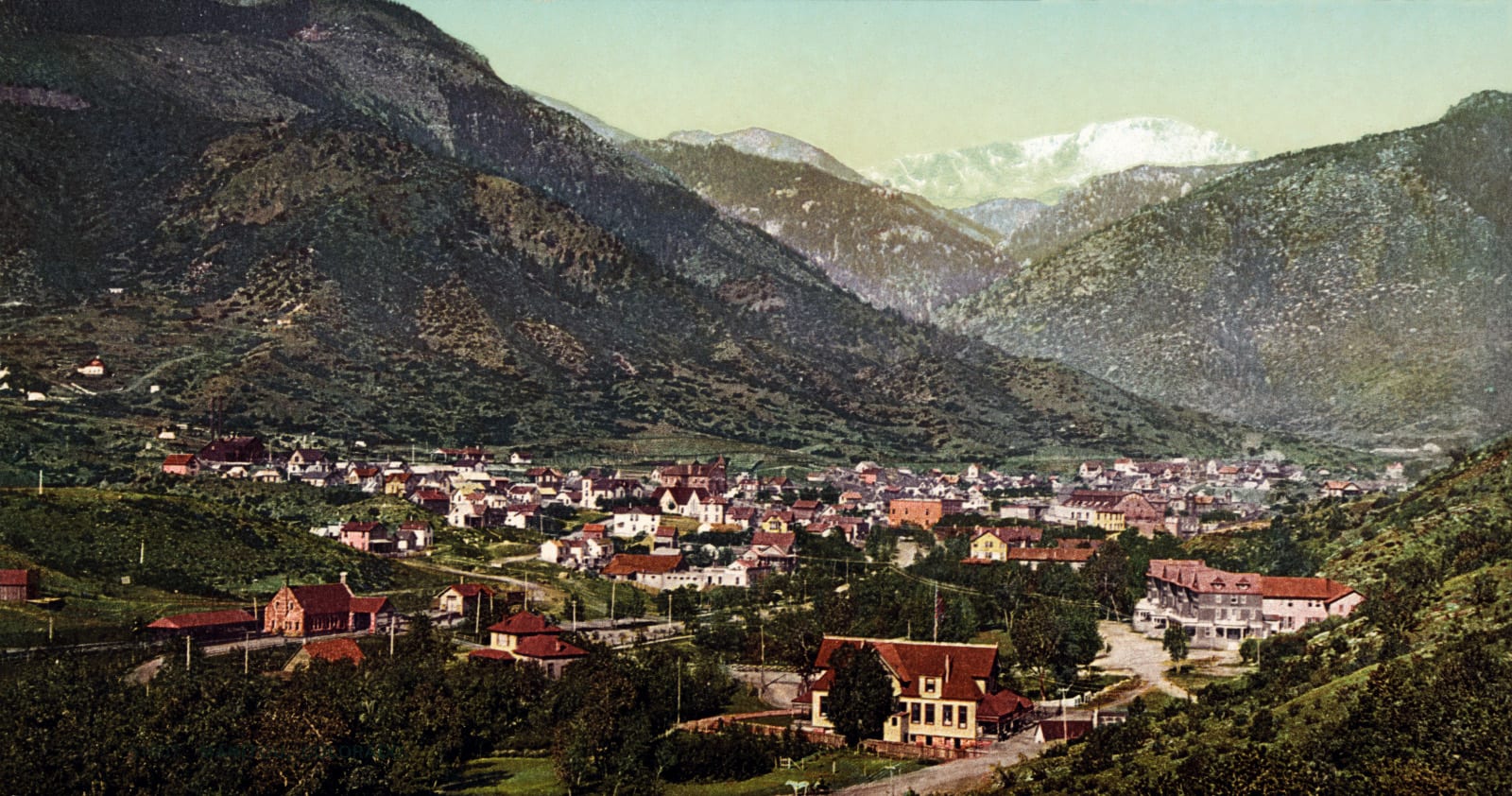
If you were a person living back in the late 19th century, tuberculosis was a major concern. The disease ripped through communities in the 1800s, killing scores of healthy people indiscriminately. One such victim was Emma Crawford, a promising young musician from Massachusetts.
Crawford, who’d been plagued by tuberculosis since she was seven, moved west with her family to Manitou Springs in the desperate hope that the mountain air and natural mineral springs would cure her.
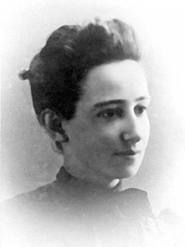
Crawford held on long enough to dazzle listeners playing the piano and to get engaged. She was even well enough at one point to climb to the top of Red Mountain, a spot she’d later request to be buried at out of a fear of the “horror of cemeteries, formalities and anything low or gloomy, and even death.” She tragically succumbed to her illness in the winter of 1891, and a group of 12 pallbearers carried her casket to the top of Red Mountain and buried her.
Nearly four decades later, two local boys discovered a human skull on the side of Red Mountain, and Crawford’s coffin and other body parts were soon discovered. Some say a severe rainstorm washed up the coffin and sent it tumbling down the mountain. A memorial stone now marks the spot where Crawford was originally buried, but her remains now rest in an unmarked grave.
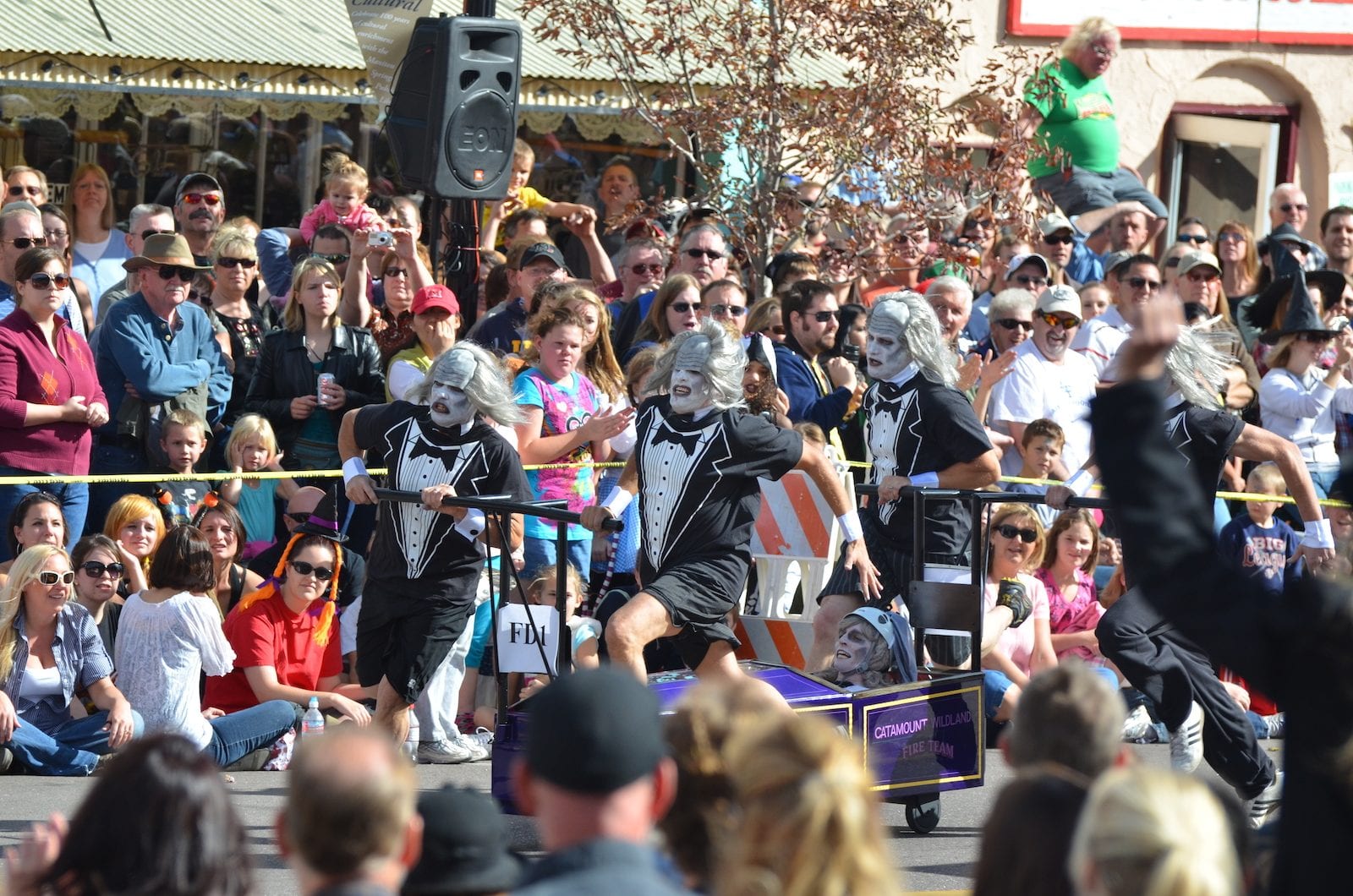
The city of Manitou Springs now holds “coffin races” in honor of what happened to Crawford, which is a pretty bizarre way to honor a poor dead girl, if you ask me. It’s no wonder her ghost is said to still haunt the town where she died.
Those are some of Colorado’s scary real stories all based on historic true events. We hope you’ve learned some creepy facts to share with your friends next time you’re out on the town.


 10 Wonderful Winter Vacation Spots in Colorado
10 Wonderful Winter Vacation Spots in Colorado